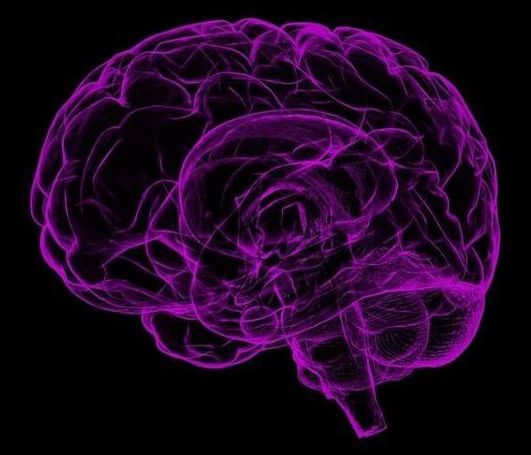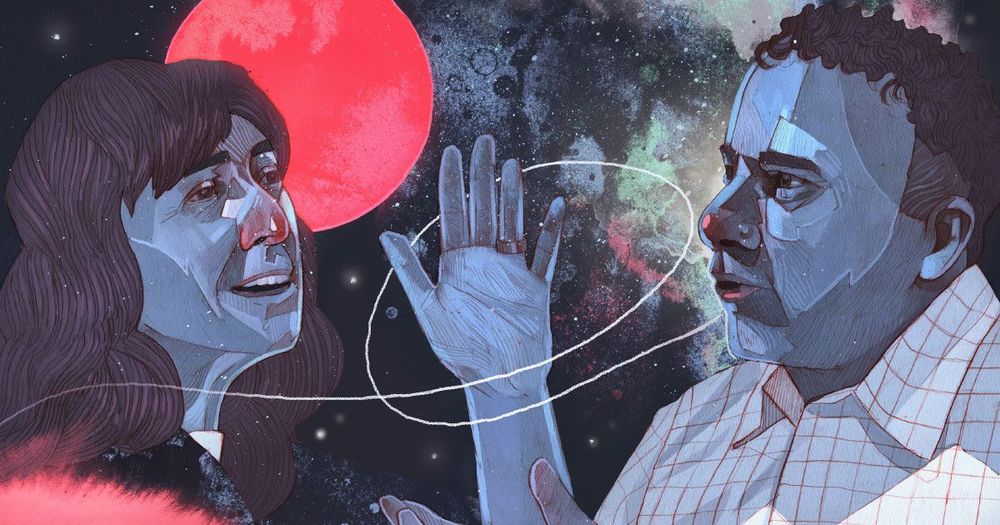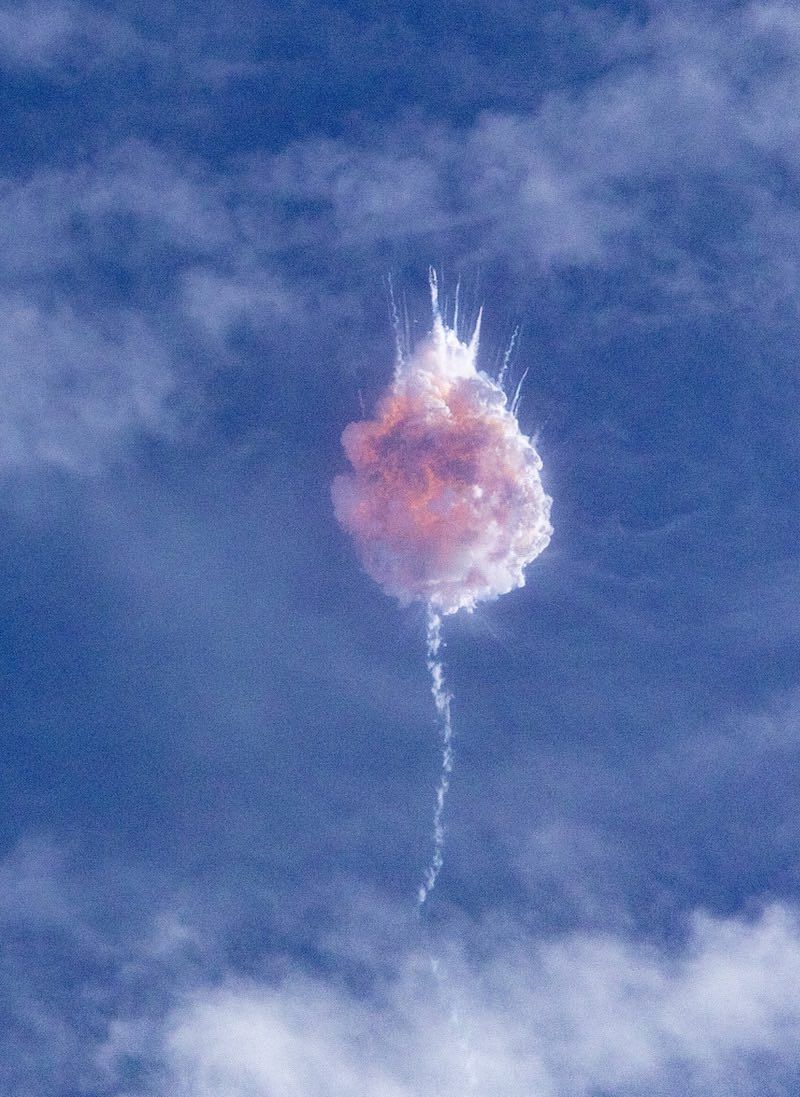Please leave a comment.
This is the boat of the future and we are sailing.
Thanks to Eric Klien Brent Ellman and others.
I would be playing a role in documenting new trends and how it would affect our lives going forward.
Please leave a comment.
This is the boat of the future and we are sailing.
Thanks to Eric Klien Brent Ellman and others.
I would be playing a role in documenting new trends and how it would affect our lives going forward.
Xenobots have been called the world’s first “living robots”. They are made entirely of living tissue, and can be programmed to move towards a certain object.

We all subconsciously learn complex behaviors in response to positive and negative feedback, but how that works in the brain remains a century-long mystery. By examining a powerful variant of reinforcement learning, dubbed distributional reinforcement learning, that outperforms original methods, the team suggests that the brain may simultaneously represent multiple predicted futures in parallel. Each future is assigned a different probability, or chance of actually occurring, based on reward.
Here’s the kicker: the team didn’t leave it as an AI-inspired hypothesis. In a collaboration with a lab at Harvard University, they recording straight from a mouse’s brain, and found signs of their idea encoded in its reward-processing neurons.

But a new figure blows all of these out of the water. Last week, British renewable energy developer SSE announced construction of Dogger Bank Wind Farm off the eastern coast of England in the North Sea.
With a capacity of 3.6 gigawatts (GW), Dogger Bank will be three times bigger than the world’s biggest existing wind farm, the nearby 1.2 GW Hornsea One.
Located near a seaside town called Ulrome, which is 195 miles north of London, Dogger Bank will have three separate sites—Creyke Beck A, Creyke Beck B, and Teesside A—each with a 1.2 GW capacity, and construction is slated to take two years.


“https://www.cardiff.ac.uk/news/view/1749599-discovery-of-new…r-therapy.”
Researchers at Cardiff University have discovered a new type of killer T-cell that offers hope of a “one-size-fits-all” cancer therapy.
T-cell therapies for cancer — where immune cells are removed, modified and returned to the patient’s blood to seek and destroy cancer cells — are the latest paradigm in cancer treatments.
The most widely-used therapy, known as CAR-T, is personalised to each patient but targets only a few types of cancers and has not been successful for solid tumours, which make up the vast majority of cancers.


AgeX Therapeutics Inc (NYSEAMERICAN: AGE) CEO Michael West sat down with Proactive’s Christine Corrado at the Biotech Showcase 2020 in San Francisco. The Alameda, California biotechnology company is developing a cell therapy treatment for metabolic disorders such as Type 2 diabetes.

SpaceX simulated an in-flight emergency Sunday to verify the company’s Crew Dragon spacecraft has the capability to catapult itself away from a failing Falcon 9 rocket.
The in-flight abort test demonstrated the human-rated capsule can safely and rapidly fly away from a Falcon 9 rocket experiencing a failure.
As intended, the Falcon 9’s engines prematurely shut down around 84 seconds after liftoff Sunday from the Kennedy Space Center. The automated Crew Dragon capsule fired its own thrusters to escape the rocket before it disintegrated in an orange fireball high over Florida’s Space Coast.